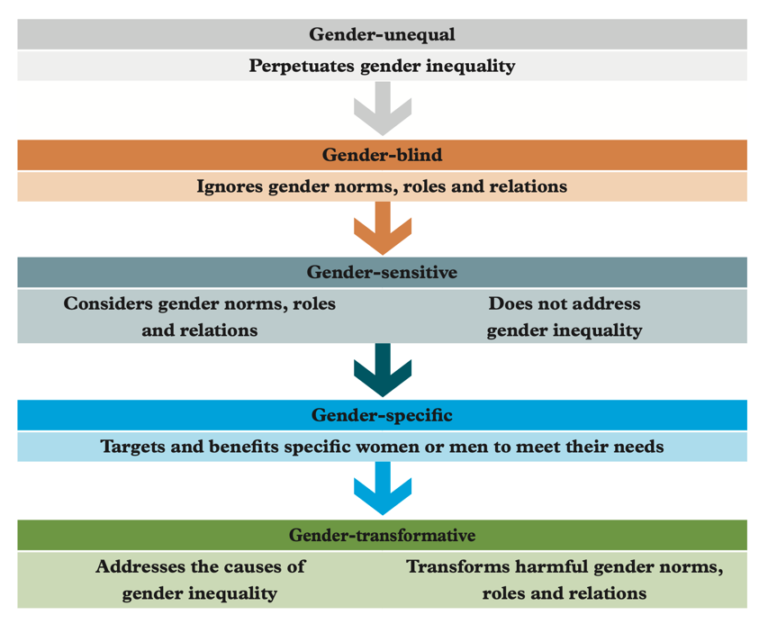
In this article, we highlight international research and resources for practitioners in the field that feature criminal justice reform, including items focused on criminal justice and behavior, COVID, and race and racism.
Criminal Justice and Behavior
- Robert Morgan, Editor of Criminal Justice and Behavior, introduced “At the Forefront” to provide readers of the journal with a concise, focused, expert review of emerging areas of criminal justice psychology. This month the focus is on systemic racial and ethnic disparities and whether risk assessments exacerbate them. The article, “Racist Algorithms or Systemic Problems? Risk Assessments and Racial Disparities,” was first published online in September 2020 and now appears in Criminal Justice and Behavior, Volume 47, Issue 12, December 2020, pp. 1576-1584.
Authors Gina Vincent and Jodi Viljoen first describe what it means for a risk assessment instrument to be “biased” and why some are more susceptible to bias than others. They highlight the decision points within the system where risk assessment instruments are most often used and by whom.
The authors highlight research and positions being taken by individuals and organizations regarding the use of risk assessment instruments. They range from placing them in the context of proper implementation paired with evidence-based practice to never being used because they can’t reliably contribute to equitable consideration and treatment.
The discussion on why risk instruments are not all created the same is most helpful. While practitioners may have already come to this same conclusion, this work provides clear factors that differentiate the instruments, particularly in terms of racial bias. The reference notes for this article are excellent resources for practitioners.
Vincent and Viljoen recommend practitioners:
- Never make decisions based solely on score-based classifications of risk, period.
- Allow time for completion of instruments that contain dynamic risk factors.
- Seek training and experience in cultural competence.
They also provide recommendations for risk assessment researchers.
- The most recent edition of Advancing Corrections (Edition #10 2020), focused on understanding risk, includes two articles that may be of interest to IACFP members. The first is by Professor Shadd Maruna, “From Labelling Bad Apples to a Better Science of Spoiled Barrels”. This article is based on the Distinguished Scholar Lecture at the 2019 ICPA Annual Conference, which was sponsored by IACFP.
The second article, “Do risk assessments play a role in the enduring ‘color line’?”, was written by Yilma Woldgabreal, Andrew Day and Armon Tamatea. It explores the measurement of risk in Western correctional systems and concludes with two recommendations:
- Corrections agencies should recognize the need to actively seek and invest in the development of instruments that represent the worldviews, perceptions, experiences, and values of people of color.
- Training—re-think current approaches and ensure cultural competency of practitioners who engage in the administration of risk assessment instruments.
The authors end with, “Facilitating discussions among members about white privilege and white fragility should also be a priority for ICPA and other similar associations. Furthermore, there should be more emphasis on creating healing opportunities for people of color that address cultural trauma and a process of self-determination toward a justice system that values, promotes and requires greater involvement in decision-making, program design and delivery” ( p.22).
- This month we celebrate the 10th Anniversary of the adoption of The Bangkok Rules, or formally, “The United Nations Rules for the Treatment of Women Prisoners and Non-custodial Measures for Women Offenders” by the United Nations General Assembly. In recognition of this, we are highlighting a recent publication by the United Nations, “Toolkit on Gender Responsive Non-Custodial Measures”. This document and excellent resource was prepared in collaboration with the Thailand Institute for Justice.
The report states that women are the fastest growing prison population around the world. Poverty, discrimination, violence, and punitive legal responses are key underlying causes. The report highlights the harmful and negative impact that imprisonment can have on women, their families, and their communities.
The toolkit has three parts. The first part focuses on the unique needs of women, the harmful effects of imprisonment and the case for prioritization of non-custodial measures. The second part highlights what those non-custodial measures might be and their impact. Finally, the third part focuses on special categories of women where additional considerations may be needed.
The document includes a Gender Responsive Assessment Scale that was adapted from the WHO Gender Response Assessment Scale: Criteria for Assessing Programmes and Policies. Readers may find this scale informative and a guide for their work in this area. It is reproduced below.

COVID
- “Impact of COVID-19 pandemic on mental health” by Janusz Heitzman can be accessed here. This article presents the extent of the impact of the pandemic on the development of mental instability and current diagnostic possibilities. Dr. Heitzman also highlights the possibility of a new diagnostic category. Of particular interest to practitioners and correctional leaders are some of the sub-populations for whom additional support and assistance may be needed in the short- and long-term. The guide presents this from the perspective of organizational security, informative security, and medical security. Two of the groups identified as requiring different procedures are those who have been deprived of their liberty and a group of professionals that are very likely working within or in partnership with correctional systems. Practitioners may find “A brief therapeutic guide for mental disorders accompanying COVID-19 infection” particularly useful.
- “Decarcerating Correctional Facilities during COVID-19 : Advancing Health, Equity, and Safety” was recently published by the National Academies. It offers guidance on efforts to decarcerate, or reduce the incarcerated population in the United States, as a response to COVID-19 pandemic. It can be accessed here. The best practices for implementing decarceration as a response to the pandemic and the conditions that support safe and successful reentry of those decarcerated are worthy of consideration.
RACE and RACISM
- The Center for Documentary Studies at Duke University produced Scene on Radio. The second season, produced from February – August 2017, was entitled “Seeing Whiteness.” This fourteen-episode podcast series, available here, explores the history and meaning of whiteness. John Biewin is the host and Chenjerai Kunanyika is a special guest, as are others. The series explores not only racism at the individual level but also looks at systems and structures. While the focus is on the United States, the discussions on institutionalized whiteness and how it impacts everyday interactions, patterns, and institutions may be applicable to other countries. A study guide accompanies the series, which makes it particularly useful for group study and dialogue.
- Race at Work with Porter Braswell is a new podcast series from the Harvard Business Review. The aim of the podcast is to create a safe place for guests to share their stories—and for listeners to learn from them. The guests include leaders from business and government who trace their personal journeys with race, equity, and inclusion. You can find out more by clicking “Race at Work.“
- SAGE Publishing is supporting education, teaching, and research communities by providing a range of resources based on social and behavioral science. These resources are available to e-Newsletter readers here. Resources available include a collection of research articles on structural racism and police violence published in SAGE journals, resources for instructors, podcasts and webinars.

About the Author
Cherie Townsend is the IACFP executive director. She also works as an executive coach and consultant. Ms. Townsend previously worked as a leader and practitioner in juvenile justice systems for nearly 40 years.

